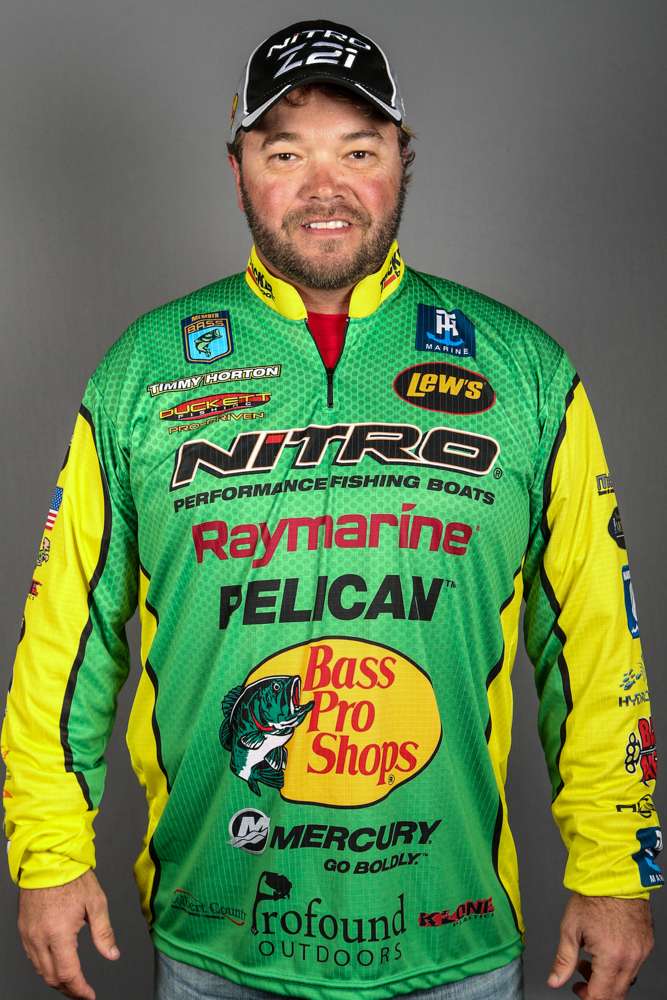
Figuring out deep, offshore bass is a real challenge to most anglers and often what separates tournament winners from entry fee donors. The ability to turn your back on the bank and catch fish that rarely see a bait is a major step in any angler’s development.
Here are three keys to successful deep cranking that I know will help to put more bass in your boat.
1. It’s all about the tools
Just as with any other job, you’ve got to have the right tools. When you’re talking about deep cranking, it starts with rod, reel and line.
I like a 7- to 7 1/2-foot long medium to medium-heavy rod for my deep cranking. The long rod facilitates a long cast, which helps you get your bait down deeper and keep it in the strike zone longer. It also helps when fighting a hooked fish. You don’t want too stiff a rod when crankbait fishing or you risk pulling the treble hooks out of the fish.
My favorite rod for deep cranking is my signature series 7-foot, 3-inch cranking rod in the Duckett Fishing White Ice lineup.
When it comes to reels, you want a fairly large spool capacity and about a 5:1 gear ratio. For me, the perfect cranking reel is the new Lew’s BB1. It’s the smoothest, longest casting reel I’ve ever thrown, and it picks up about 21 inches of line with every turn of the handle, which is the perfect balance for my deep cranking — fast enough to get the bait down, but slow enough that you’re not fighting it all the way back to the boat.
As for line, I do most of my deep cranking with 10- or 12-pound-test fluorocarbon. The small diameter of lighter lines plus the density of fluorocarbon allows for a long cast and gets my baits deep.
2. Find the right depth
This is a pretty simple and straightforward tip, but I’m always a little surprised at how few anglers really do it.
After you launch your boat and start cruising around the lake, keep an eye on your electronics and find the depth range where you see the most activity. There’s almost always going to be a band of several feet where most of the baitfish and gamefish are showing up. That’s the depth range you want to target.

Once you find the range, start looking for structure and cover in that range. If you see the most activity from 15 to 18 feet deep, look for points with cover in that range or mid-lake humps or channel drops. When you can match up the right depth with some structure and cover, you’re probably in the right place.
3. The magic lure
OK, I tricked you. There is no magic lure, but there is such a thing as a “special” lure or one that’s going to catch more bass for you than another, even if they both look identical coming out of the package.
The first thing you need to do with your deep diving crankbaits is make sure they’re properly tuned. Make a short cast and reel them in. They should come back to you in a perfectly straight line. If they don’t, tune them by gently twisting or bending the line tie in the direction they need to go. If you can’t get them running right after several minutes of trying this, take a look at the hook hangers and make sure they’re straight. If that doesn’t work, you may need to throw the bait away. All baits are not created equal.
Next, make sure your hooks are sharp. Not all crankbaits are equipped with premium hooks. That doesn’t make them bad baits, it just means that you’ll need to replace the hooks with better ones.
I test my baits as soon as they come out of the package and carefully mark them before they go in my tackle boxes. If I have to do a little tuning to them before they’re “right,” I put one dot on their belly; these baits are good enough to use in practice, but not good enough for competition.
If a bait runs straight right out of the package and doesn’t require any tuning, I put two dots on the belly. These baits are tournament worthy, but they’re still not my “go-to” baits.

The very best baits get three dots. That’s reserved for those deep-diving crankbaits that not only run true straight out of the box, but also run under and past my rod tip on the retrieve so that it’s belly up as I lift it from the water to cast again. These are the baits with perfect action, and they’ll dive a little deeper than the others. I save these baits for when a check or a trophy is on the line.





